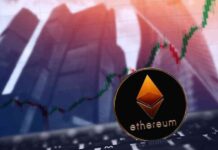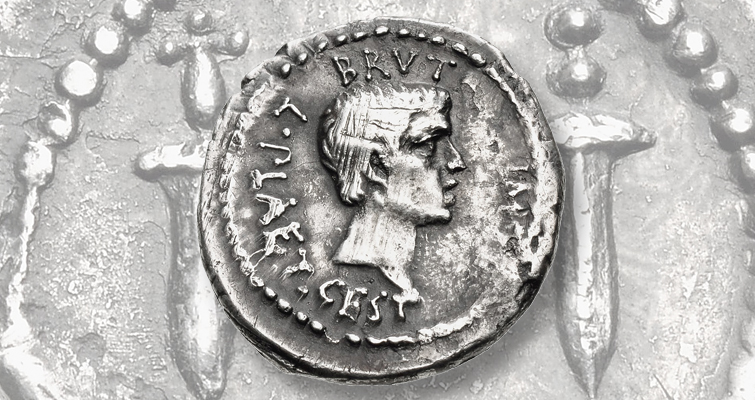JPMorgan Predicts $15 Billion Inflows for Solana and XRP ETPs
JPMorgan has made a bold prediction that exchange-traded products (ETPs) for Solana (SOL) and XRP could potentially attract over $15 billion in net inflows. Currently, both assets have $2.5 billion in assets under management, with a little over $500 million in inflows recorded last year.
Forecasting Inflows Based on Market Performance
Matthew Sigel, the head of digital assets research at VanEck, explained that this forecast takes into account the performances of Bitcoin (BTC) and Ethereum (ETH) concerning their market cap and ETP flows. Bitcoin ETPs accumulated $108 billion in assets within their first year of trading, reaching 6% of BTC’s total market cap of $1.8 trillion. Similarly, Ethereum ETPs achieved a 3% penetration rate within six months, amassing $12 billion in assets compared to ETH’s $395 billion market cap.
Based on these adoption rates, it is estimated that SOL could potentially see inflows ranging from $3 billion to $6 billion, while XRP could attract between $4 billion and $8 billion.
ETPs Assets and Flows
A recent report by CoinShares revealed that Solana-linked ETPs currently hold nearly $1.6 billion in assets under management, while XRP products boast $910 million. In 2024, the net flows for their ETPs amounted to $438 million and $69 million, respectively.
Uncertain Future for ETF Approval
Although the approval of exchange-traded funds (ETFs) indexed to these assets could significantly boost their total assets under management, the possibility of such approvals in the US remains low for now. ETF analysts James Seyffart and Eric Balchunas from Bloomberg highlighted that new approvals might be favored by the upcoming administration.
However, it is more likely that ETFs tied to Litecoin (LTC) and Hedera (HBAR) will be approved first. LTC, being a fork of Bitcoin, is likely to be classified as a commodity, while HBAR has never been a regulatory target and is unlikely to be considered a security.
SOL and XRP face different challenges in this regard. The US Securities and Exchange Commission (SEC) has already rejected Solana-linked ETFs, while Ripple Labs is still engaged in a battle with the regulator over the classification of XRP.
Despite the optimistic predictions by Bloomberg analysts regarding a wave of new ETFs this year, delays are expected for XRP and SOL products.
As someone who has dabbled in cryptocurrency investments in the past, I understand the excitement and anticipation surrounding potential inflows for Solana and XRP ETPs. The world of digital assets is constantly evolving, and keeping a close eye on these developments could lead to valuable insights for investors looking to diversify their portfolios.














